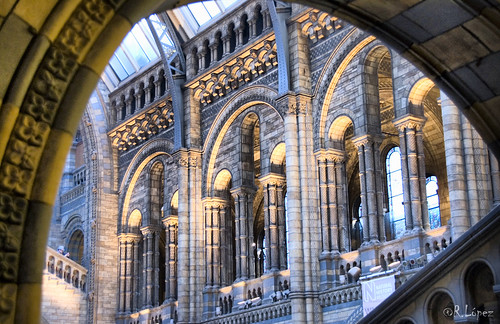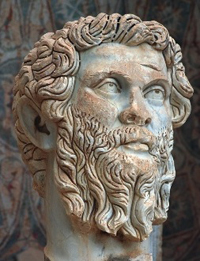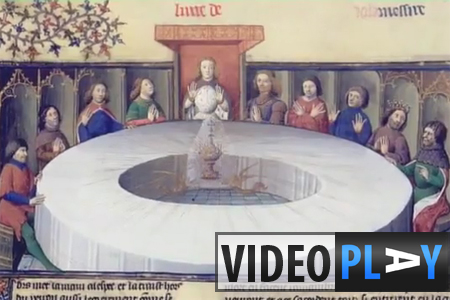The University of Oxford is the latest British research institution to agree to return the remains of indigenous Australians to their homeland.
Aboriginal remains are scattered across the globe after they were shipped abroad for ‘research purposes’ following the colonisation of Australia by the British in 1788. It is the intention of the Australian government to repatriate all remains, and the hope of the Aboriginal people to bring all scientific analysis on their ancestors to a halt.
Aborigines, who refer to the colonisation of Australia as ‘invasion’, had occupied the continent for more than 40,000 years prior to the discovery of modern-day Australia by Captain James Cook in 1770. The official version of Australian history is here; a warts and all version goes something like this.
Oxford had held three skulls in its collection, but this month (May 2009) returned them to the Ngarrindjeri, a Tasmanian tribal group. The return had been agreed last year after extensive consultation.
Ongoing efforts in Australia to secure the repatriation of these and other remains poses a dilemma for researchers who argue continued study could provide vital clues to the evolution of one of the world’s oldest civilisations.
The Natural History Museum agreed in 2007 to return the remains of 17 Aborigines it held, but it wanted to finish its studies first. In that case, representatives from the Aboriginal community had to go to the High Court to secure the return of the remains. The case involved protracted legal argument as the Australians sought to halt DNAtesting which scientists believed would provide key genetic information.
Aboriginal people believe that DNA testing and other modern techniques are at odds with the ancient beliefs of their people, and prevent the spirit finding its way home. A spirit is said to be ‘wandering’ until its remains are put to rest among its people.
Image by RalLpez




